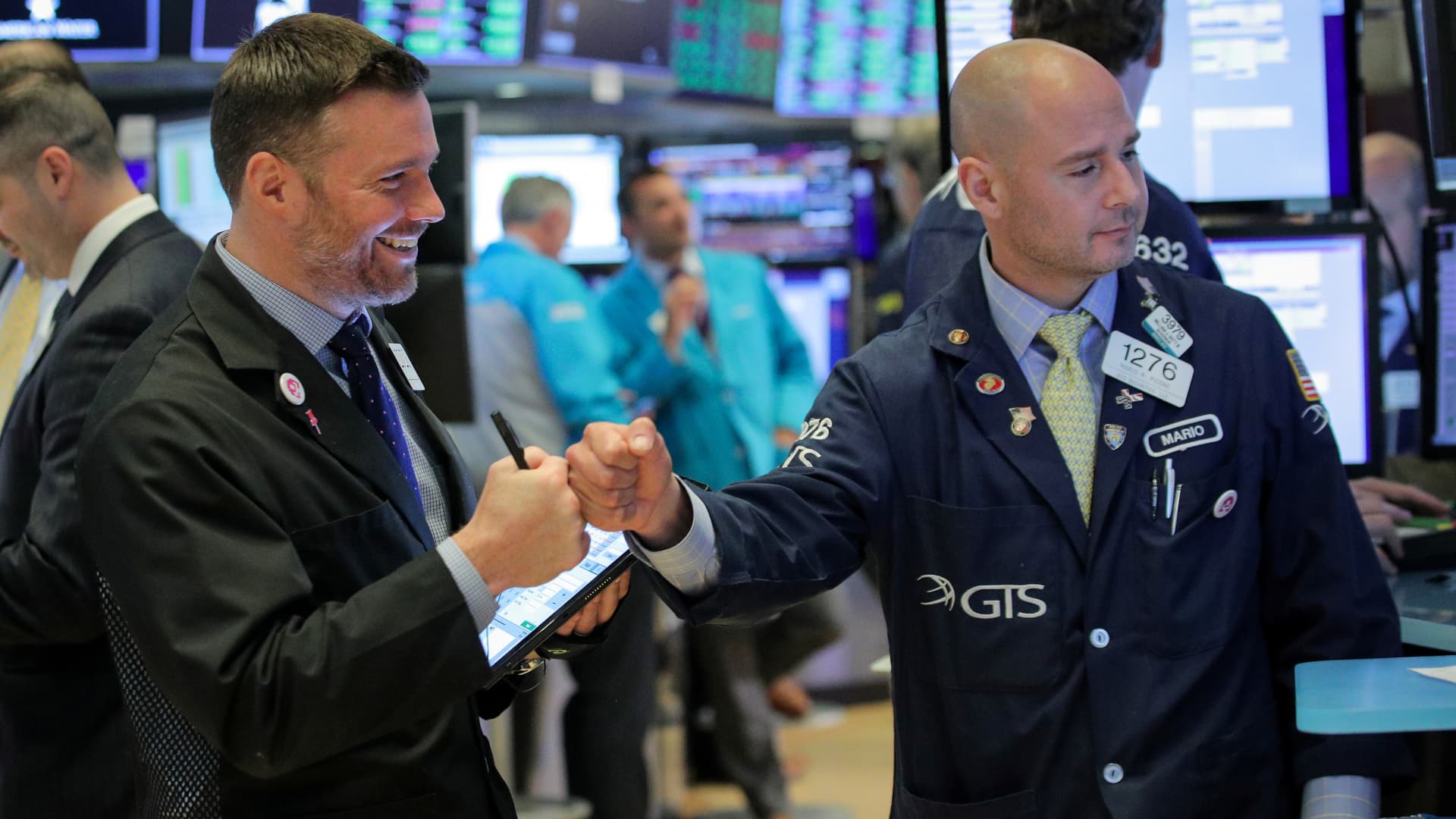Beware of the Gains in Stocks. It Looks Like a ‘Bear Market Rally.’

Morgan Stanley expects more losses to follow the recent gain in the S&P 500.
Dreamstime
The stock market has enjoyed a mini-rally in the past few days, but the latest gains look like an upsurge in the middle of a larger decline.
The major indexes have shot higher since Thursday afternoon, when the S&P 500 and Nasdaq Composite marked their lowest intraday levels of the year. Since then, the two indexes have risen 5.1% and 6.7%, respectively. Helping spur the gains was a comment from Federal Reserve Chairman Jerome Powell that implied the Fed won’t lift short-term interest rates as quickly as some fear in its battle against inflation.
Mike Wilson, chief U.S. equity strategist at Morgan Stanley, doesn’t think the gains will last. “Stocks appear to have begun another material bear market rally,” he wrote. “After that, we remain confident that lower prices are still ahead.”
Why shouldn’t people take the gain at face value? Well, it isn’t a surprise to see that stocks have gained ground. The market was so battered it seemed to be begging to be bought.
At its low point on Thursday, the S&P 500 was 12% below its 200-day moving average—a sign that stocks had been knocked far from their longer-term trend. The index was the farthest below its 200-day moving average it had been since the lows in March 2020, when the pandemic was setting in.
“It [the market] was oversold,” said John Kolovos, chief technical strategist at Macro Risk Advisors.
Now, the market could get knocked right back down. Key to the case are valuations, which are still arguably too high.
The S&P 500 is trading at just over 17 times the combined per-share earnings that stocks in the market benchmark are expected to bring in over the next 12 months, down from a bit more than 21 times at the start of the year. But that may not be low enough.
The problem is that at that level, the aggregate EPS amounts to 5.8% for every dollar an investor pays for the index. That is only 2.8 percentage points higher than the yield on the ultrasafe 10-year Treasury note, which has surged this year. That 2.8 percentage points is among the lowest levels since the 2008-2009 financial crisis, according to Morgan Stanley, so it isn’t much to compensate investors for the risk of being in stocks.
If investors keep holding back from stocks in hopes of a higher return, valuations could fall. Wilson’s target for the level of the S&P 500 is 3900, about 4% below the current level, assuming it is valued at 16.5 times forward earnings.
That may not sound like too much downside, but if the market is in bad enough a mood, the decline could be worse than that. “We still think an overshoot of fair value to the downside is feasible,” Wilson wrote.
The S&P 500 would be in a bear market, down 20% from its high, if it falls to 3,837. Stocks just aren’t out of the woods yet.
Write to Jacob Sonenshine at [email protected]




